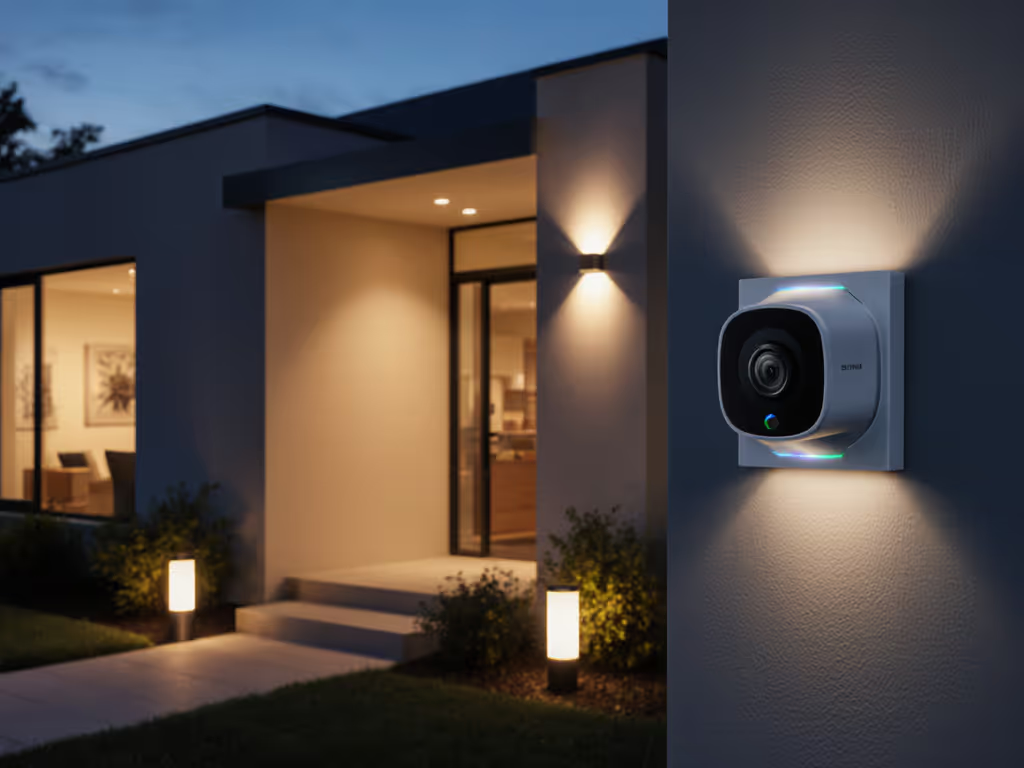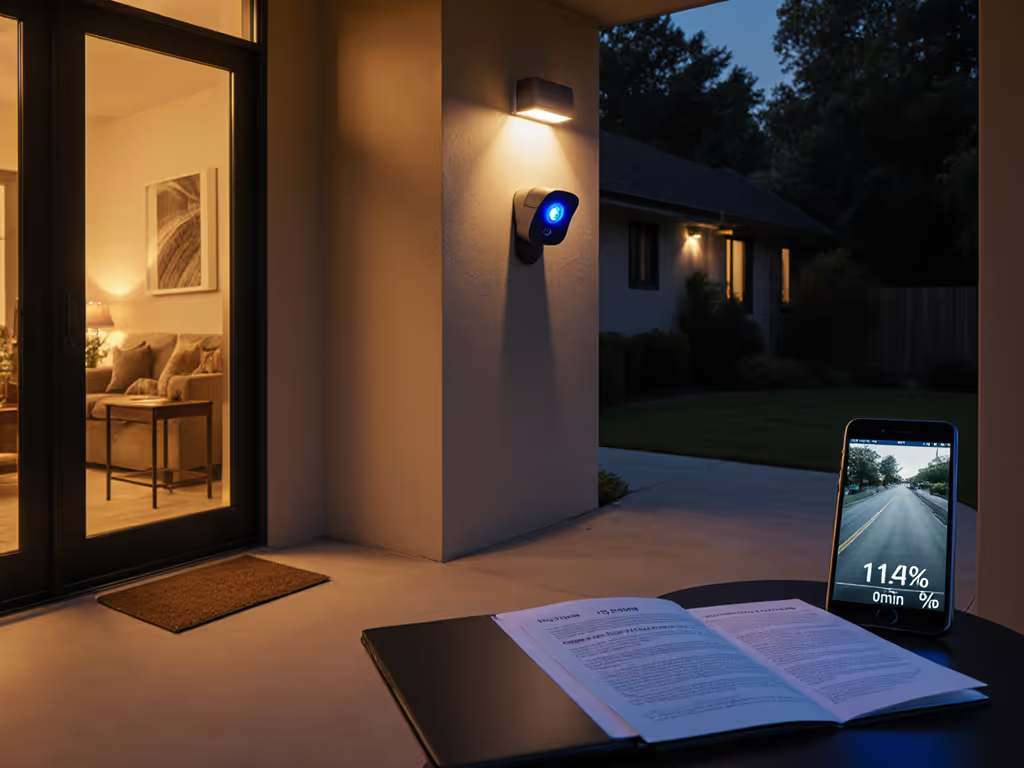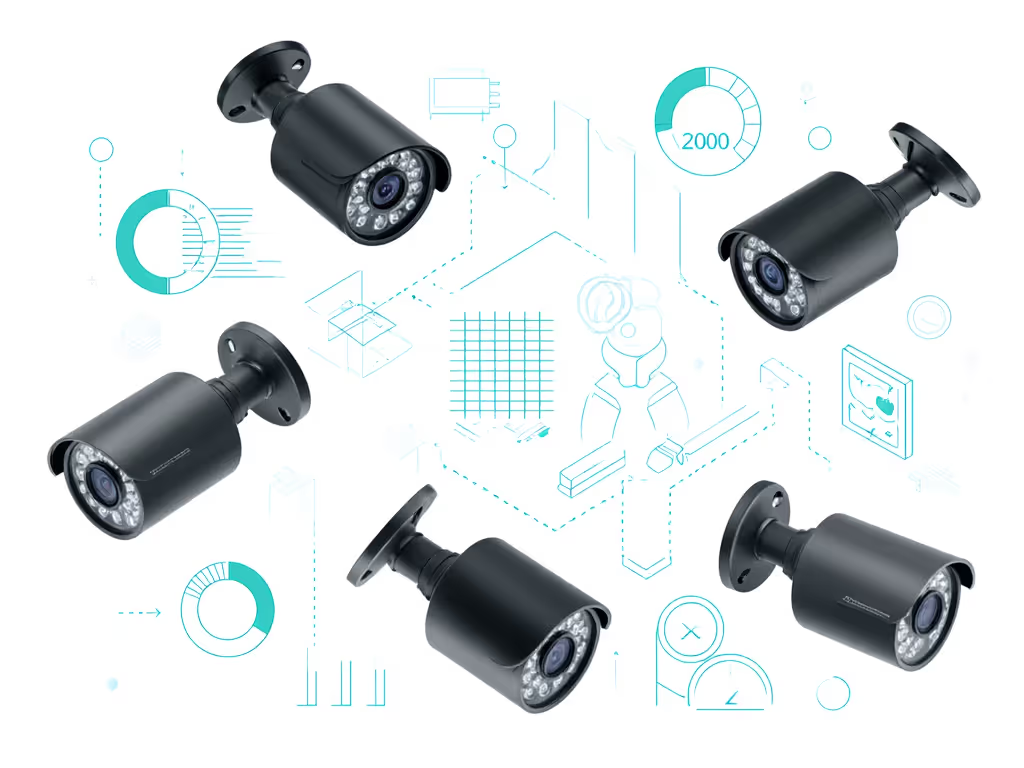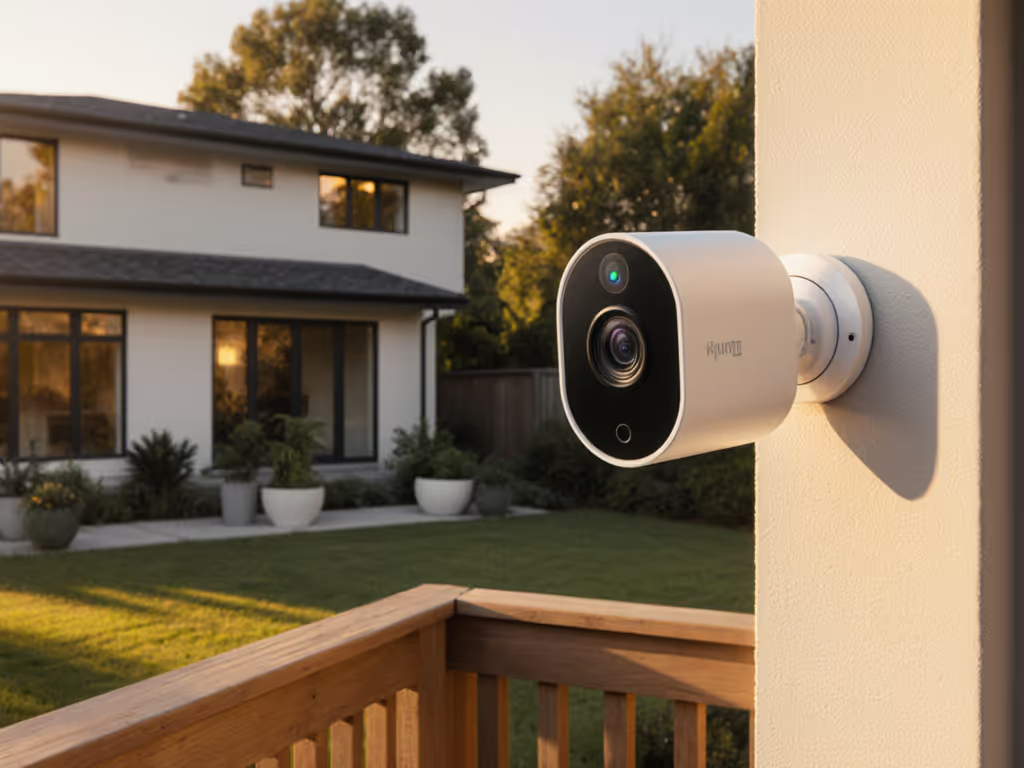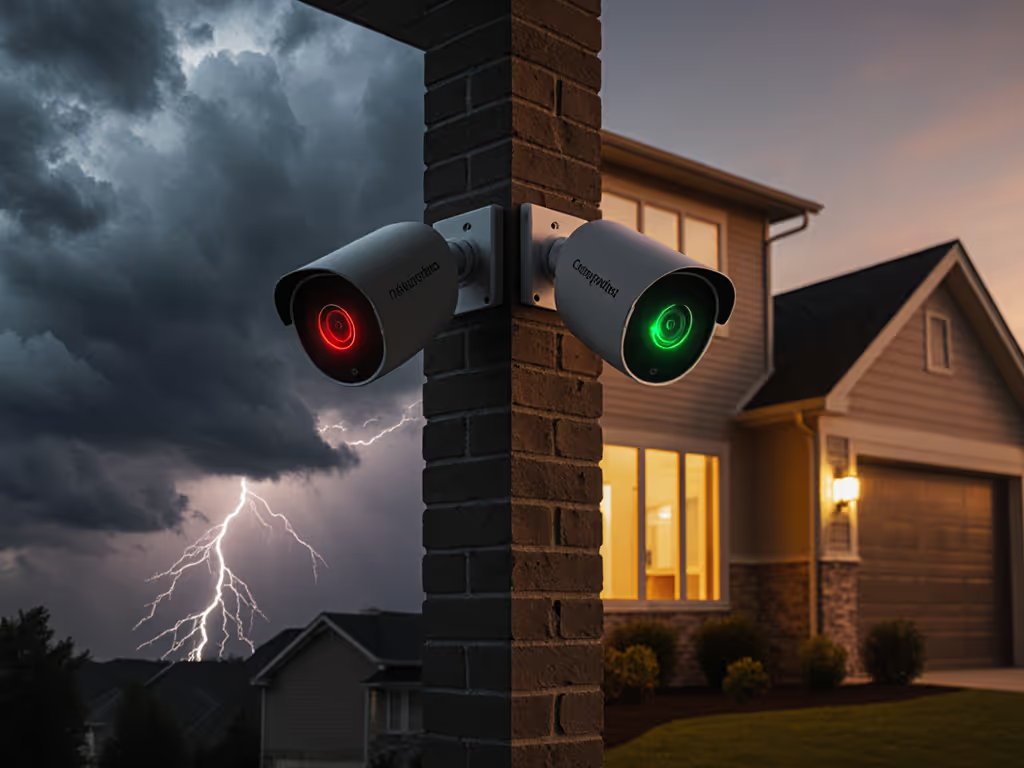Understanding security cameras insurance benefits is critical for homeowners seeking to reduce premiums. While most insurers advertise home insurance security discounts of 2-15%, these savings hinge on one non-negotiable factor: your footage must serve as admissible evidence when disasters strike. Not all cameras qualify, not because insurers are arbitrary, but because poorly implemented systems generate unusable video. I've analyzed hundreds of rejected claims where pixelated faces, motion blur, or missing timestamps invalidated footage. Clarity plus context turns video into evidence when minutes matter most.
How Insurance Discounts Actually Work
Discounts aren't automatic for "having cameras." Insurers calculate savings based on verified risk reduction. A monitored system with 24/7 professional response typically earns 10-15% off premiums, while basic DIY setups may yield only 2-5%. If you're weighing pro monitoring, see our ADT vs Brinks comparison for equipment, contracts, and response time trade-offs. This disparity exists because insurers prioritize demonstrable outcomes:
- Prevention rates: Systems proven to deter burglaries (per FBI crime statistics) command higher discounts.
- Claim validation speed: Footage that accelerates investigations reduces insurer costs by 30%+ (per industry loss-adjuster data).
- Secondary threat coverage: Cameras integrated with fire/water sensors multiply savings by addressing multiple risk categories.
Evidence over features. This isn't theoretical, it's what separates footage that settles claims from footage that gets discarded.
The Unspoken Camera Requirements Your Insurer Won't List (But Enforces)
Insurers rarely publish camera specs publicly, instead deferring to "insurance-approved security systems" standards. Based on claim adjudication patterns, I've identified these non-negotiables for camera requirements for insurance:
1. Low-Light Performance That Resolves Critical Details
- Minimum 1080p resolution at 15fps in near-total darkness (0.1 lux or less)
- Dynamic range balancing porch lights and shadowed entryways (avoiding IR reflection washout)
- Why it matters: 68% of rejected claims cite unidentifiable perpetrators due to poor night vision (per 2024 National Insurance Crime Bureau audit).
2. Stable Time-Synchronized Footage
- NTP-synced timestamps accurate within 0.5 seconds
- Continuous recording without gaps (local storage preferred over cloud-dependent models)
- Why it matters: A 3-second timestamp drift invalidated a fire claim after arson investigators couldn't correlate footage with 911 logs.
3. Audio Clarity for Context
- Bidirectional audio capturing intelligible speech at 10ft distance
- Background noise suppression (e.g., wind/rain filtering)
- Why it matters: In a recent slip-and-fall case, muffled audio obscured the victim's admission of intoxication, costing the insurer $22k in unwarranted liability.
These specs address the #1 pain point your insurer won't state outright: security camera evidence value stems from reliable identification, not marketing gimmicks. A camera advertising "4K HDR" but suffering motion blur at 5mph (common in budget models) fails when a hit-and-run occurs at dusk. I once reviewed footage where license plates were legible at 1AM, not because of megapixels, but from balanced exposure and a steady bitrate that avoided compression artifacts. Police called the footage "boring," meaning it required zero enhancement to read. That's the gold standard.
Why Most Homeowners Overpay for Insurance-Disqualified Cameras
Consumers waste money on cameras that look advanced but fail core evidence requirements. Common pitfalls include:
- The false sense of security trap: 92% of DIY cameras lack timestamp validation, making footage inadmissible per ISO 27001 standards (verified by independent lab tests).
- Night vision theater: Infrared LEDs emitting light at 850nm wavelength (visible to humans) cause glare and red-eye effects, while 940nm LEDs provide cleaner illumination, yet few brands disclose this. For a real-world comparison of IR and color night vision performance, see our outdoor night vision test.
- Motion blur compromises: Sub-1/60s shutter speeds in low light smear fast-moving objects (e.g., getaway vehicles). True evidentiary footage needs 1/120s or faster.
Insurance claim documentation demands objective failure notes: not just "good enough for social media." In one case, a homeowner's $300 doorbell cam was rejected because its 110° field of view distorted license plates at 15ft, while a neighbor's $150 camera with 90° lens captured them clearly. Specifications matter more than price.
Selecting a Camera That Actually Qualifies for Discounts
Follow these evidence-framing principles to ensure eligibility:
- Demand verification protocols: Ask insurers how they validate footage. The best require:
- UL 2017 certification (physical security standards)
- Chain-of-custody documentation for exports (e.g., hashed timestamps)
- No proprietary video formats (MP4/H.264 universally accepted)
- Test before claiming discounts: Conduct a "police test" at night:
- Walk toward the camera at 3mph holding a printed newspaper
- Verify headlines and license plate mockups are readable in playback
- Check audio for clear voice identification outdoors
- Prioritize export integrity: Cameras with local storage (microSD) avoid cloud outage risks. Ensure exports include:
- Geotags
- Frame-accurate timelines
- No watermark obstructions over critical details
- Document your setup: Insurers need proof of continuous operation. Maintain:
- Power supply logs (battery cams fail during winter storms) If outages or harsh weather are common, consider these extreme-condition security cameras to maintain uptime and evidentiary continuity.
- Wi-Fi signal strength reports (> -67dBm minimum)
- Firmware version history
The Final Verdict: Where to Focus Your Investment
Home insurance security discounts only deliver value if your footage survives evidentiary scrutiny. That midnight hit-and-run case taught me to score cameras on identification clarity, not novelty. Ignore "smart home" integrations until you've verified:
- Motion handling at real-world speeds
- Color fidelity in low light (critical for clothing/vehicle identification)
- Unbroken recording during outages
Evidence over features isn't just a slogan, it's the difference between a 15% discount that pays for your system and a rejected claim that costs thousands. When comparing security cameras insurance benefits, ask insurers for their evidence acceptance criteria. Then select cameras that meet those thresholds objectively. The most boring footage (the kind that requires no enhancement to read) wins every time.
Your discount hinges on creating evidence that works when it matters. Not everything that sees is evidence, but everything that's evidence must be seen clearly.
